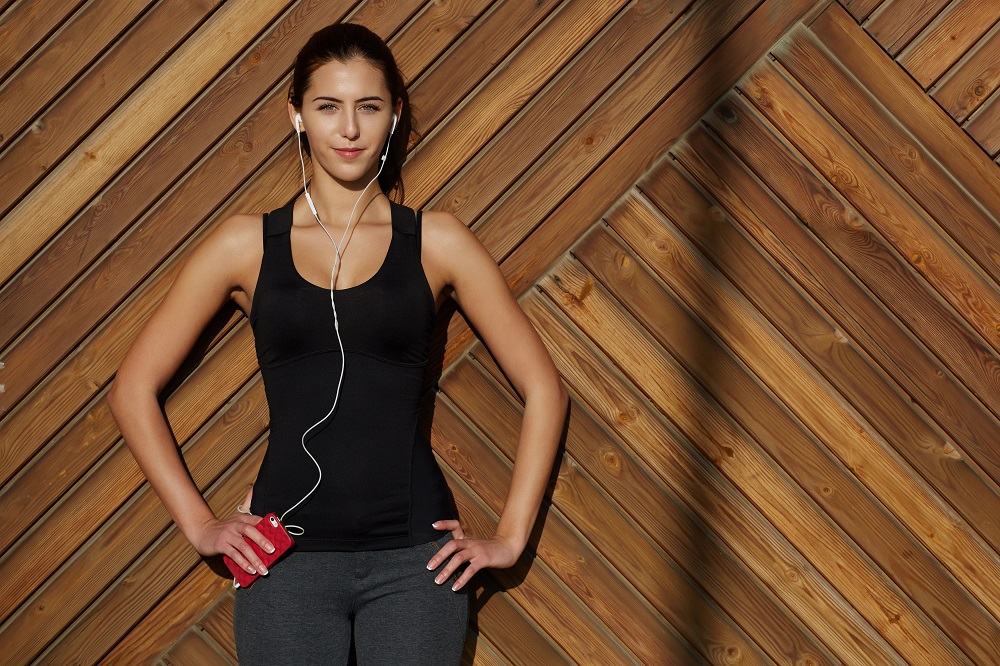Key Takeaways
- The rising demand for sustainable and high-performance fabrics is reshaping the textile industry.
- Advancements in fabric technology are providing better comfort, durability, and functionality.
- Understanding the key trends helps consumers make informed choices for their clothing and home textiles.
Table of Contents
- Introduction to Performance Fabrics
- Sustainable Trends in Textiles
- Advances in Fabric Technology
- Benefits of Performance Fabrics
- Applications and Industries
- Increasing Consumer Awareness
- The Future of Performance Fabrics
Introduction to Performance Fabrics
Performance fabrics, also known as technical fabrics, are specially engineered textiles designed to provide enhanced functionality over traditional materials. These fabrics are often used in activewear, outdoor gear, and even home furnishings due to their durability, breathability, moisture-wicking capabilities, and more. For those in need of high-performing materials, many fabric wholesalers offer a range of options suitable for various applications. Unlike conventional fabrics, performance fabrics are tailored to meet specific functional requirements, making them indispensable in certain scenarios.
Sustainable Trends in Textiles
A significant change is presently occurring in the textile sector towards sustainability, which is one of the most noteworthy trends in the sector. This shift is attributed to the growing customer demand for ethically produced and environmentally sustainable goods. As a result, there has been a notable development in the creation of sustainable performance fabrics. These fabric cs not only offer high performance but also have a reduced environmental impact. To meet these demands, companies are adopting innovative methods such as using recycled materials and implementing water-saving technologies.
It’s important to note that this push towards sustainability isn’t just a passing trend. Instead, it signifies a more profound shift in both consumer values and industry practices. Consequently, sustainable fashion is becoming more prevalent, with numerous brands making commitments to eco-friendly practices. These brands incorporate organic fibers, reduce water consumption during production, and focus on enhancing the recyclability of their products. This shift illustrates a fundamental transformation towards more sustainable and responsible practices throughout the textile industry.
Advances in Fabric Technology
Performance textiles’ capabilities are constantly being pushed to their limits by technological developments. Innovations like smart textiles that respond to environmental changes, antimicrobial fabrics that prevent the growth of bacteria, and highly elastic materials are just a few examples. These advancements not only enhance the user experience but also open up new possibilities across various industries. Smart textiles, for instance, integrate electronic components within the fabric, enabling functionalities such as heat regulation and health monitoring. Antimicrobial fabrics, on the other hand, help maintain hygiene by inhibiting bacterial growth. Cutting-edge research is driving the next generation of performance fabrics, focusing on making them more adaptive and intelligent. Progress in fabric technology is broader than that of wearables. Industries are exploring ways to embed sensors and responsive technologies into household textiles, medical garments, and even industrial materials.
Benefits of Performance Fabrics
- Durability: Performance fabrics are designed to withstand harsh conditions and frequent use. They are built to last, which means fewer replacements and less waste.
- Moisture-wicking: By efficiently removing sweat from the body, these materials keep the wearer comfortable and dry. This quality is beneficial for athletes and those who lead active lifestyles.
- Comfort: Advanced textiles offer superior comfort through better fit, stretch, and breathability. They mold t the body, providing a second-skin feeling without compromising on flexibility or movement.
- Antimicrobial properties: Many performance fabrics prevent the growth of odor-causing bacteria. This feature is ideal for sportswear, medical uniforms, and any garment that is worn for extended periods.
- Versatility: Ideal for many uses, ranging from upholstery to athletics. Their adaptability makes them an excellent choice for both personal and professional use, extending their utility beyond clothing.
Applications and Industries
Performance fabrics are utilized across multiple industries. In sports and activewear, they enhance athletic performance and comfort. Outdoor gear manufacturers use these fabrics to provide waterproof, windproof, and insulating properties. In the medical field, antimicrobial textiles are used for scrubs and bedding. These fabrics are essential in maintaining hygiene and preventing infections in healthcare settings. Even the automotive and aerospace industries are adopting performance fabrics for their durability and resilience. In these sectors, performance fabrics are used to create seats, airbags, and other components that demand reliability and robustness.
Increasing Consumer Awareness
The rise of e-commerce and information availability has made consumers more aware of the materials and technologies behind their products. People are now actively seeking to understand the benefits and drawbacks of different fabrics, driving demand for high-quality, performance-oriented textiles. This shift is influencing buying habits and promoting more thoughtful consumption. Consumers are looking for something other than style, as they want functionality, sustainability, and value for money. As a result, brands are investing in educating their customers about the advantages of performance fabrics and highlighting their long-term benefits over traditional textiles. Increased transparency fosters trust and loyalty among consumers.
The Future of Performance Fabrics
Looking ahead, the future of performance fabrics is bright, whereas continued research and innovation promise even more groundbreaking developments. Sustainability will remain a key focus, with advancements aimed at minimizing the environmental footprint of fabric production. The integration of intelligent technologies into fabrics will also become more prevalent, creating textiles that can adapt to the wearer’s needs in real time. Innovations like self-cleaning fabrics, UV-protective textiles, and fabrics with integrated sensors for health monitoring are on the horizon. These advances will not only enhance daily life but also offer solutions to global challenges such as resource scarcity and health crises. Numerous potential applications are available, including sports, fashion, home décor, healthcare, and more.

